How to Cultivate Tilapia (Hatching Up to Harvest)
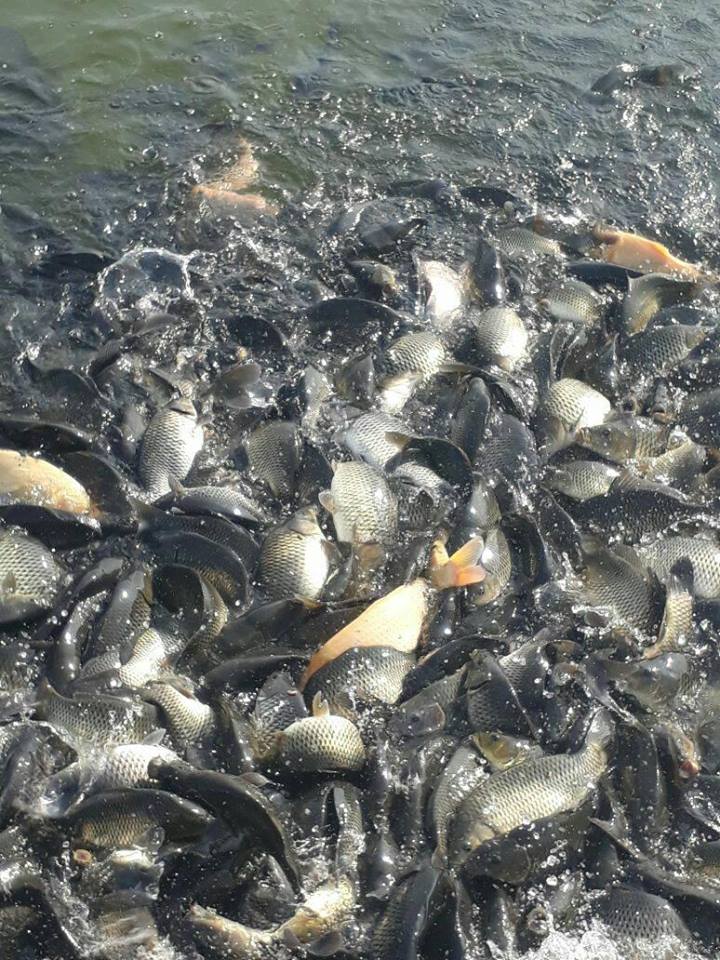
In other types of appeal, indigo includes fish that have a faster growth period. It is also easy to adapt and breed in any area.
In native habitats, these fish live in swamps, freshwater rivers, reservoirs and lakes. Nila has a high nutritional value and can be consumed by anyone.
(Stages) how to cultivate tilapia
Not only that, cultivation of tilapia is also very easy to do if you already understand the techniques and how. The economic value of the crop is high, because the meat is soft can be though if the various types of cuisine with a taste that is so delicious.
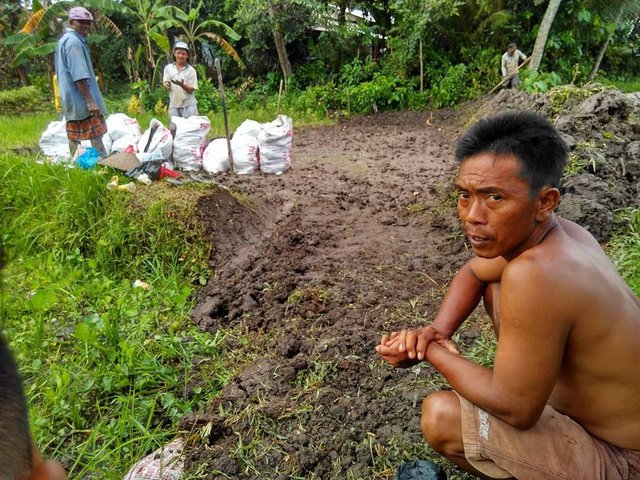
Setting up the pool
Types of ponds that can be used as a place of fish cultivation is a pool of cement (concrete), soil, tarpaulin pond, brackish water and floating net. Amongst these options, most farmers prefer to choose a pool of land.
The cost of making it very easy and does not require excessive expenditure.
Land pond is a breeding ground for several types of animals and natural plants. Both are excellent natural food sources for tilapia. These conditions will provide other benefits for breeders, because it can reduce the cost of pellets or artificial feed.
Before the cultivation of tilapia on the run, there are several stages of preparation that you have to work on.
First, the bottom of the fish pond is dried naturally for 3 to 7 days according to the intensity of sunlight that enters the pond.
The drying process can be terminated when the soil at the bottom of the pond has begun to crack or cracked but when in stepped still left foot trauma about 1 to 2 cm. So do not take too long until the ground becomes hard as a rock.
From drying, proceed to the hijacking process utilizing a hoe with a depth of about 10 cm. Through this work, all types of dirt, gravel and other waste will be excluded from the pool, including the black mud deposits that often cause the smell of rotting.
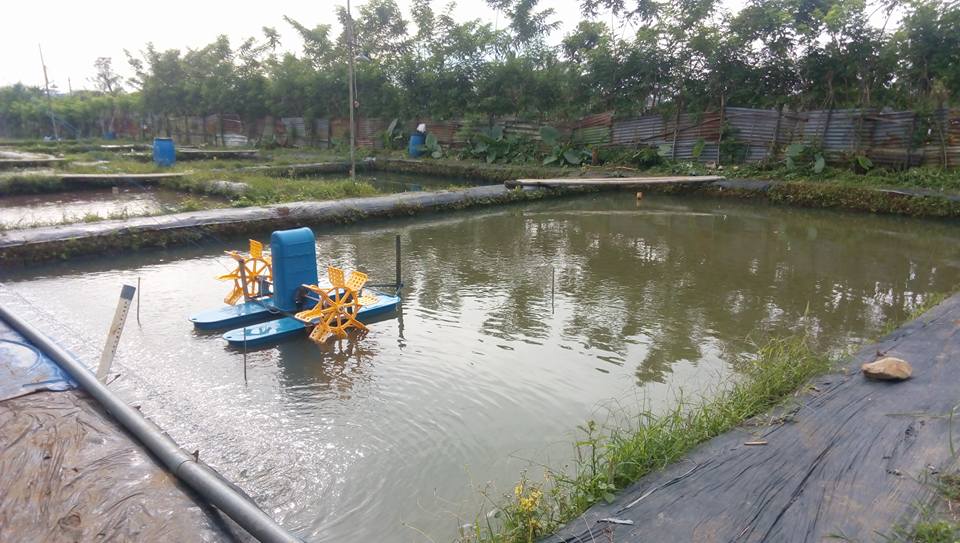
Choosing and spreading the seeds
Choosing the seed is one of the most important stages in the cultivation of tilapia as this is the deciding factor for the success of the harvest. If you want to obtain a more optimal harvest, we recommend to choose the tilapia seeds of male sex.
The reason, this fish can grow faster than female tilapia. Even the percentage reaches 40%. Not only that, indigo that uses the concept of monosex or potted together is more productive than the mixed concept.
Indigo is a type of fish that has the character of easy to mate or spawn. So when the two sexes are made in one in the same pool, the energy that the fish have quickly used up during the mating period. The impact is, the growth of the fish body will be inhibited even can not be fat.
Maintenance
There are several stages of maintenance on the cultivation of tilapia until entering the harvest. The most important first step is water regulation. The goal is that fish can grow optimally.
The quality of the water in the pond should continue to monitor. For example if the oxygen content in the pond has decreased because it has a higher content of H2S and NH2. This happens when the pool water raises the smell of rotten and sting.
If the signs appear like that water should be replaced immediately. Remove the water from the pond about a third, then aliri with new water. In addition, under normal conditions, the replacement of water remains in doing with a discharge of 1 liter per second for a pool area of 100 square meters.
Prevention of diseases and pests
Indigo is a strong and resilient fish species. However, if in large numbers, the risk of the onset of disease will persist. Broadly speaking, there are 2 kinds of diseases that can affect the tilapia infectious diseases and non infections.
For infectious diseases, is contagious but can be prevented through several methods and ways. For example, installing filters or filters on sanitary channels, can reduce the level of maintenance density and isolation of fish that have been affected by disease.
Harvesting process
From the process of seed distribution to harvest, tilapia farming takes about 6 months per 1 cycle.
In that period, under normal conditions, tilapia already has a body weight of half a kilogram.
With the size of such a weight, already qualified to be sold to overseas markets. In foreign countries usually the fish in the process back into a filet and in cans.
Another case if the sales segment is a local market, with a weight of only 200 grams of tilapia fish can be caught. So that the harvest period also takes a shorter time, which is only about 3 or 4 months. The best time to harvest is morning or evening.
Before the harvest, make sure the fish is always in a healthy and fresh condition.
For delivery, can use ice cube as a medium to keep the freshness. However, if circumstances allow sending should still be alive.
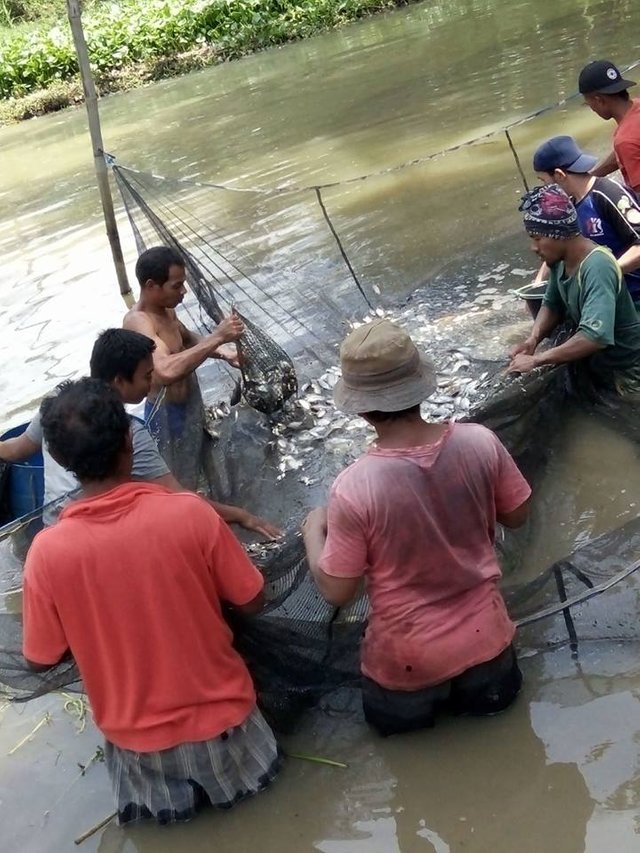
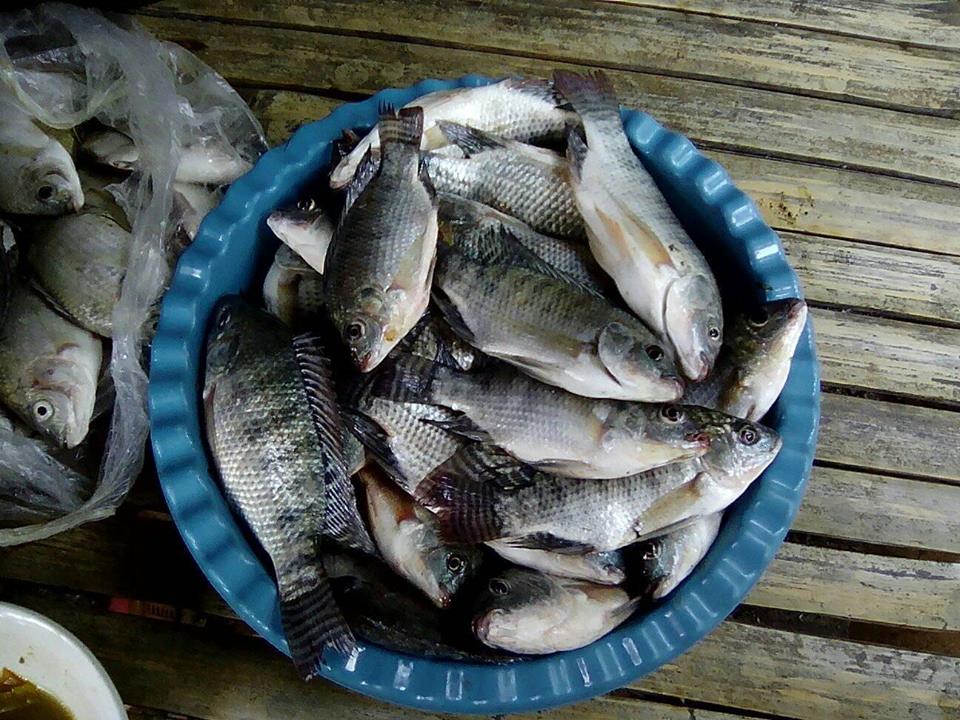
Excelente post pasa por mi blog tengo una pequeña laguna artificial de tilapias. Tienes mi voto.
Very nice post follow and upvote
Thank you